Well, not really sure what to put here. I know for break I want to do something less research intensive for my blog posts, so I have that energy for finishing my project. I’m extremely grateful I found a natural stopping point and the areas to edit down for flow. I’m also glad I wrote too much to start with so I could see everything laid out and then take out what wasn’t needed. Blogging helped too, I’ll probably use blogging as writing tool in the future.
I guess since I wanted my project to have a multimedia component, I’ll start to use this section to pull that in.
This video of the upcoming 2018 anime is a prime example of how anime is in the same cycle of franchise dependence, instead of creating original works (but yes I am excited for sequels, like FLCL and Shield Hero anime – which used to be only a light novel with a manga companion about two years ago,so very new as a franchise – but I still would like new anime started as anime, not manga or light novels too):
Things I didn’t really get into, like food, despite this class and all the food involved making me very hungry (I’m going to go make some miso soup with somen noodles now and make sure I have an extra bag for the trip to Seattle):
Oh, cats, neko (猫), I think I will use them as the example for the kawaii and research done into how cute things relieve stress and make us more productive. But I want to look into why cats are extremely common (as opposed to dogs) in popular culture relating to Japan. Such as the cat breed the Japanese Bobtail, the Maneki-neko (招き猫) or “beckoning cat”, and then the yōkai bakeneko (化け猫) meaning “changed cat”, which is confused with the nekomata (猫また,猫又, 猫股, 猫胯), of which there is the Mountain and Domestic nekomata.
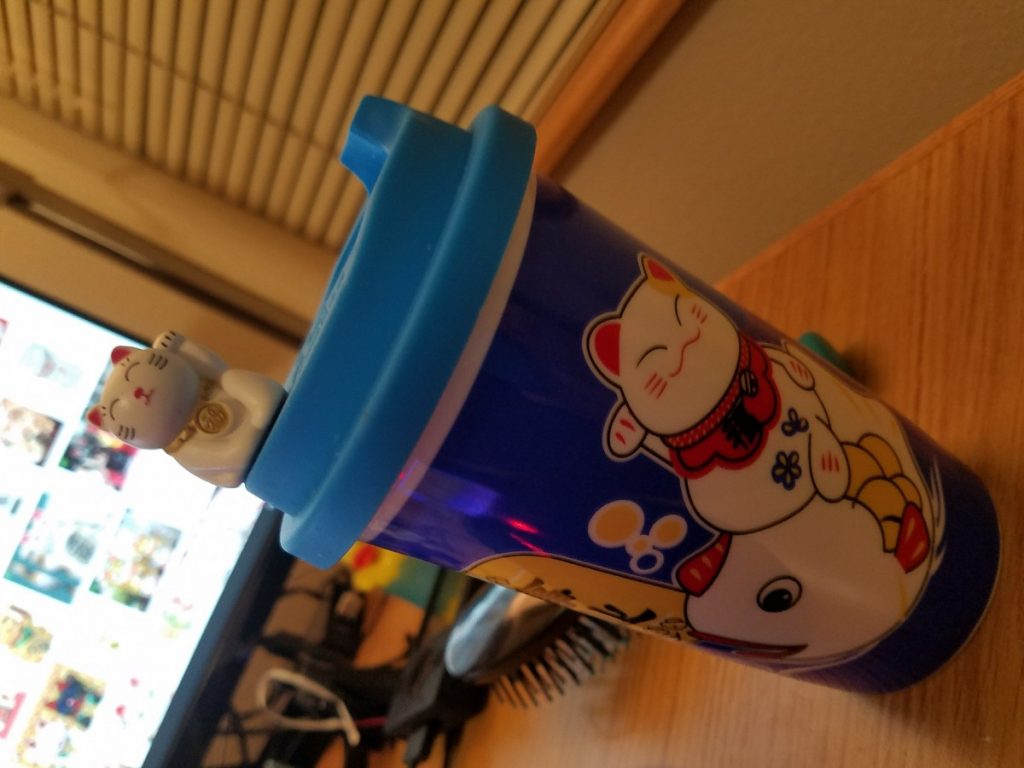
One of my maneki-neko mugs.
Then there’s the whole nekomusume (猫娘) or “daughter of a cat” related to the bakeneko, but in popular culture it is mostly known as “cat girls and boys” kemonomimi (獣耳), moe anthropomorphism (萌え擬人化, moe gijinkain) in anime, manga and cosplaying culture. Also “moe” is a heavily debated form of anime and manga, as it is part of the “fan service” issue with the stigma around all anime and manga being sexual or “ecchi” and “henti”. Except there other forms of “moe” that are not related to animals or sex, mostly satire type humor or strictly just “cute”, with no sexual connotation. But in general, since “moe” in this sense is a slang term, its definition and usage is still in debate.
As interesting as it would be to look into this, I am also a curious as a cat, I did and do not want to get into the ongoing and rather heated debate between the anthropomorphic or “furry fandom” subculture, which is its own subculture separate from the otaku subculture that mainstream popular culture lumps together.
Neither subculture likes this at all. Otaku are not furries, and furries aren’t otaku. Of course there are people apart of both and no, not all otaku hate furries and furries hate otaku, just the people who take it to the extremes, are rude, overly defensive, elitists and obsessive.
Yes, otaku don’t like otaku who are obsessed with anime and manga, despite otaku being mistranslated to western audiences to mean obsessed. That is why I chose the word passionate to describe my interest, the way an artist is passionate about about painting, a writer about writing, an athlete about football.
Passion, good. Obsession, bad.
There are plenty of jokes and group humor about it, but that’s one of the things you do with stereotypes and stigma, you make fun of it.
Just like I’m going to “make fun of” the internet’s and my own “obsession” with cats with a picture montage, nyan ~ =^.^=

Ok, this cat was not supposed to even be here, yet there it is, a cat.
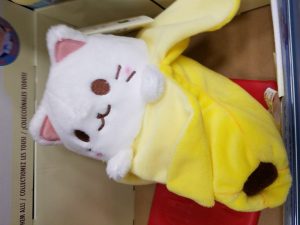
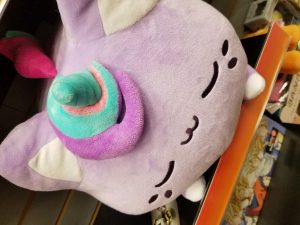
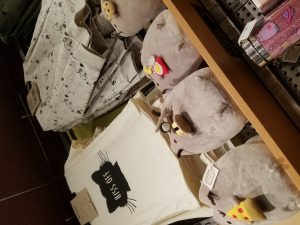
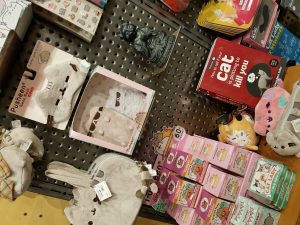

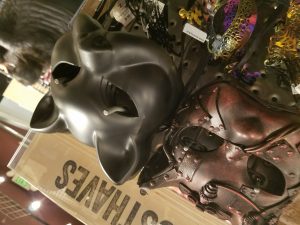
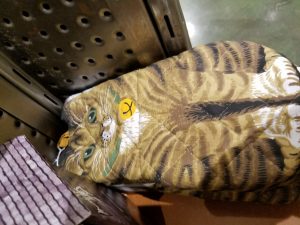
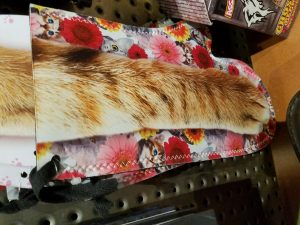
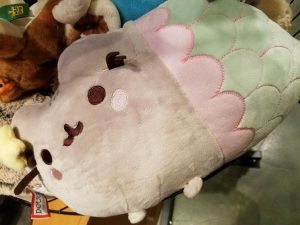
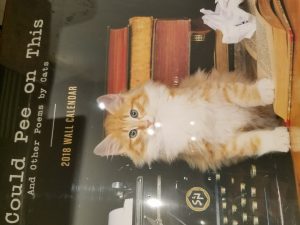
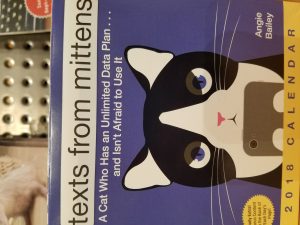
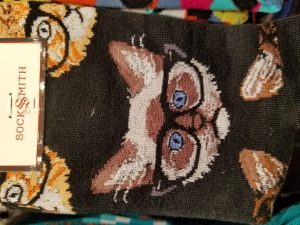


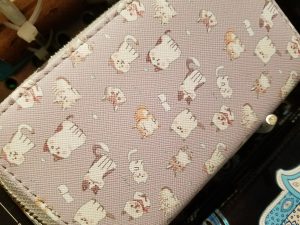


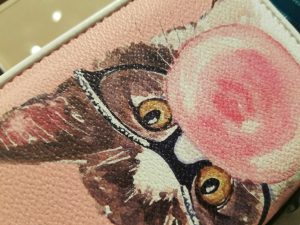
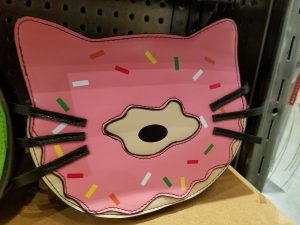
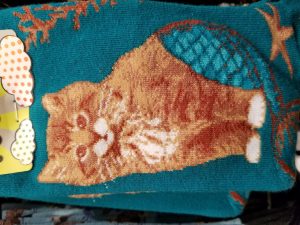
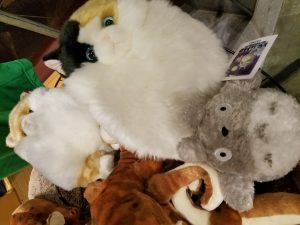

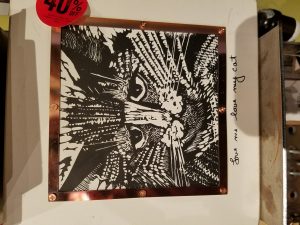
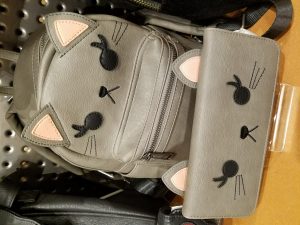
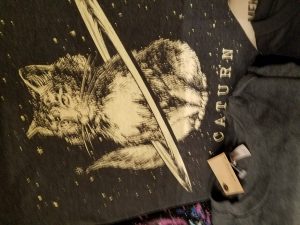


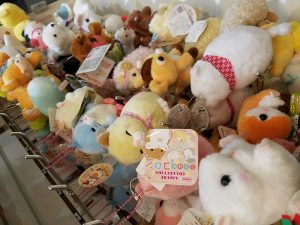

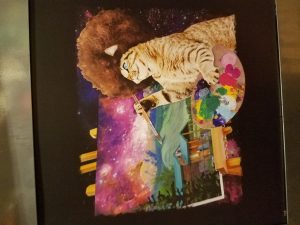
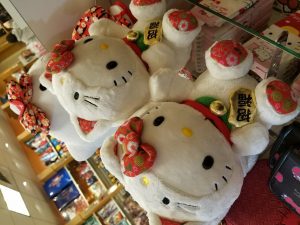
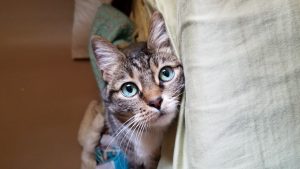

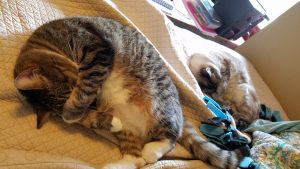

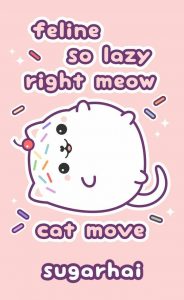
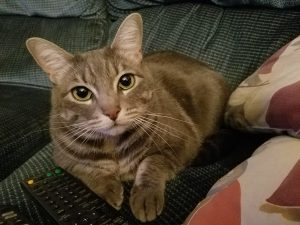
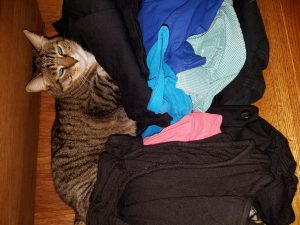
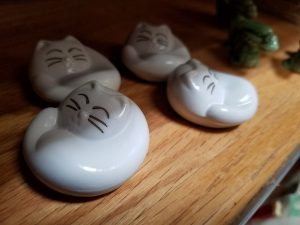

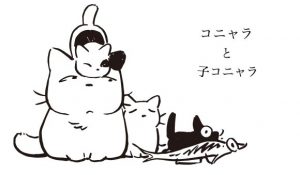

So, cats!
And, most of these have nothing to do with otaku culture. The larger majority are photos I took while at the mall, some random cat based memes and photos of my own cats.
So, I almost want to put cats in with music and food as a common cultural crosscurrent.
Oh and I can’t not talk about how Japan has 11 or 12 “cat islands”, where the cat population outnumbers the human population. The most well-known ones are Aoshima (青島), Ehime Prefecture, Japan and Tashirojima (田代島) Ishinomaki, Miyagi, Japan.
There is also Ōkunoshima (大久野島), Takehara, Hiroshima Prefecture, Japan, known as Usagi Shima (うさぎ島) or “Rabbit Island”.
